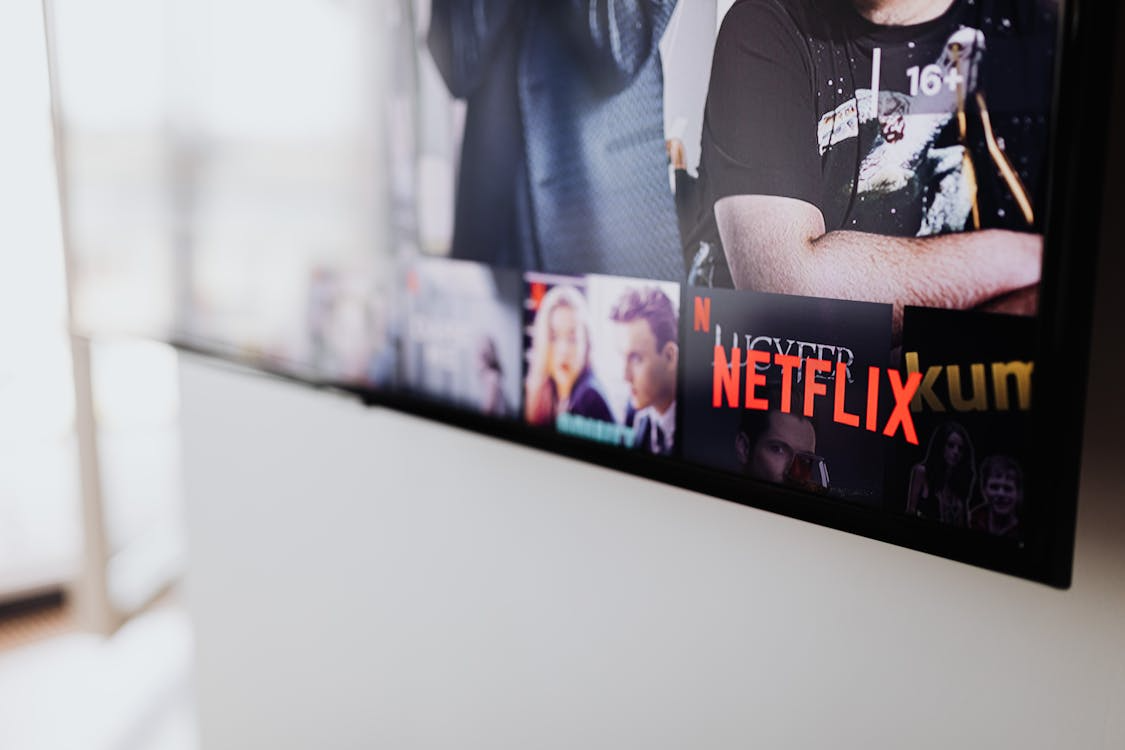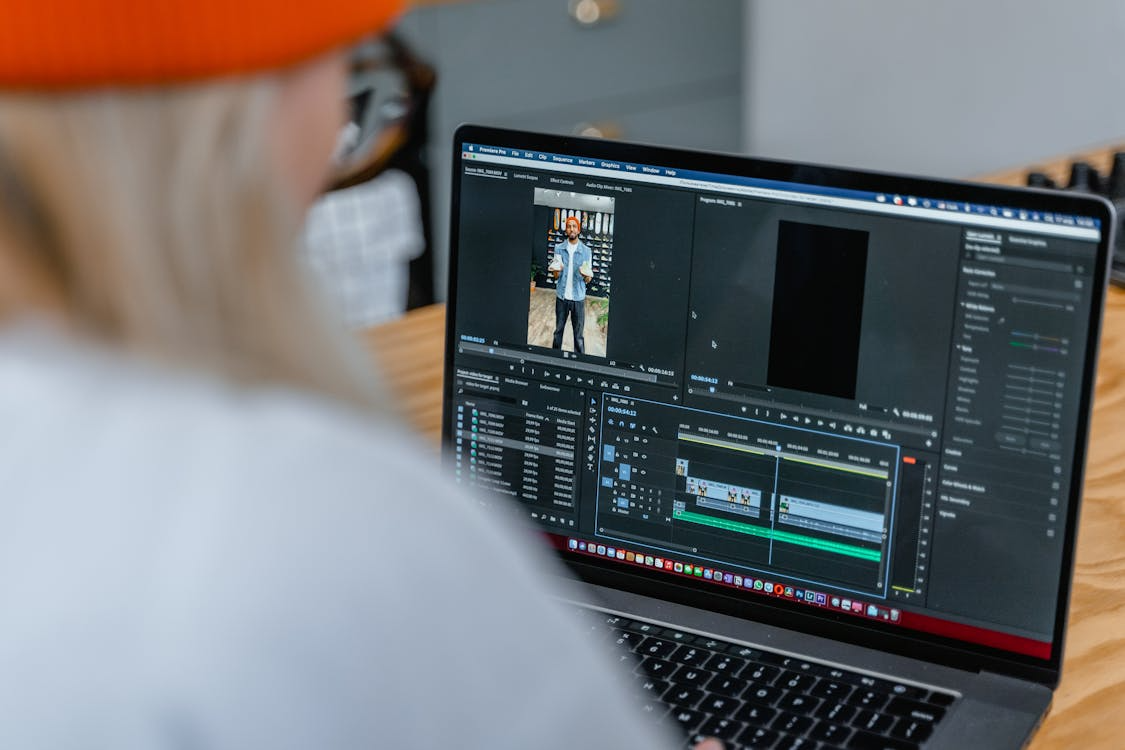The global translation services market is on track to hit around $60 billion in 2025, up from roughly $47 billion just a few years ago, fueled by an annual growth rate hovering between 7% and 9%. This surge isn't just numbers on a spreadsheet—it's a reflection of how businesses are scrambling to connect with audiences across borders in an era where content travels faster than ever. As companies expand into new regions, the demand for accurate, culturally nuanced translations has skyrocketed, turning what was once a niche service into a cornerstone of international strategy.
What’s propelling this expansion? Several key factors stand out. First, the explosion of e-commerce and digital platforms has made localization non-negotiable. Brands like Amazon and Alibaba aren't just selling products—they're tailoring entire user experiences to local languages and customs, driving up the need for seamless translations. Then there's the rise of content creation on steroids: streaming services, social media, and user-generated videos are churning out material at breakneck speed, all requiring adaptation to avoid cultural missteps. Add in advancements in AI and machine learning, which are streamlining processes but still rely on human expertise for finesse, and you've got a perfect storm for growth. Regulatory pressures, such as data privacy laws in the EU or accessibility mandates in the US, are also pushing organizations to invest more in compliant, localized content. Together, these drivers are expected to push the market toward $93 billion by 2030, with emerging economies in Asia and Latin America leading the charge.
Within this booming landscape, multimedia localization emerges as one of the most promising niches, blending traditional translation with creative adaptation for videos, audio, and interactive media. The multimedia localization service market alone is valued at about $3.75 billion heading into 2025, with projections showing it doubling to over $7 billion by the mid-2030s at a steady 7-8% CAGR. Why the hype? Multimedia isn't just words on a page—it's about syncing subtitles with dialogue, dubbing voices that resonate culturally, and ensuring graphics align with local sensibilities. For businesses, this means unlocking new revenue streams: a well-localized video campaign can boost engagement by 20-30% in target markets, while poorly handled ones risk alienating viewers entirely. Opportunities abound in sectors like education, where e-learning platforms need dubbed courses, or marketing, where short-form videos on TikTok or YouTube demand rapid, region-specific tweaks.
To visualize this translation market growth and spotlight multimedia opportunities, consider incorporating data-driven charts in your strategy reports or pitches. A line graph tracking market size from 2020 to 2030 could illustrate the upward trajectory, with shaded areas highlighting multimedia's share—perhaps starting at 10-15% of the total and climbing as digital content dominates. A pie chart breaking down growth drivers (e.g., 40% from digital expansion, 25% from regulatory needs) would add clarity, while a bar graph comparing regional contributions—Europe at nearly 50%, Asia-Pacific surging—could underscore where to focus efforts. Tools like Tableau or even simple Excel visuals make these easy to produce, turning raw stats into compelling narratives that resonate with stakeholders.
No area exemplifies multimedia's potential quite like game localization, where the stakes are high and the rewards even higher. The global video game industry is poised to exceed $250 billion by 2025, with localization services carving out a $1.4 billion slice that's set to grow to $2.6 billion by 2033 at an 8% CAGR. Games aren't just translated—they're reimagined: dialogue must capture humor or drama without losing punch, character names adapted to avoid offense, and mechanics tweaked for cultural relevance. Think of hits like "The Legend of Zelda" or "Genshin Impact," which owe much of their international success to meticulous localization. In emerging markets like Southeast Asia, where mobile gaming downloads topped 1.9 billion in a recent quarter, untapped potential is massive. For developers, investing here isn't optional; it's a gateway to loyal fanbases and sustained monetization through in-app purchases and expansions.
As the translation market growth accelerates, savvy players are positioning themselves to capitalize on these multimedia opportunities. Take Artlangs Translation, a veteran in the field with mastery over more than 230 languages. For years, they've honed their focus on core translation services while excelling in video localization, short drama subtitle adaptations, game localization, and multilingual dubbing for audiobooks and series. Their track record includes standout projects that have helped clients navigate complex cultural landscapes, drawing on deep experience to deliver results that feel native, not forced. In this $75.7 billion arena, partners like Artlangs aren't just service providers—they're strategic allies turning global ambitions into tangible success.











